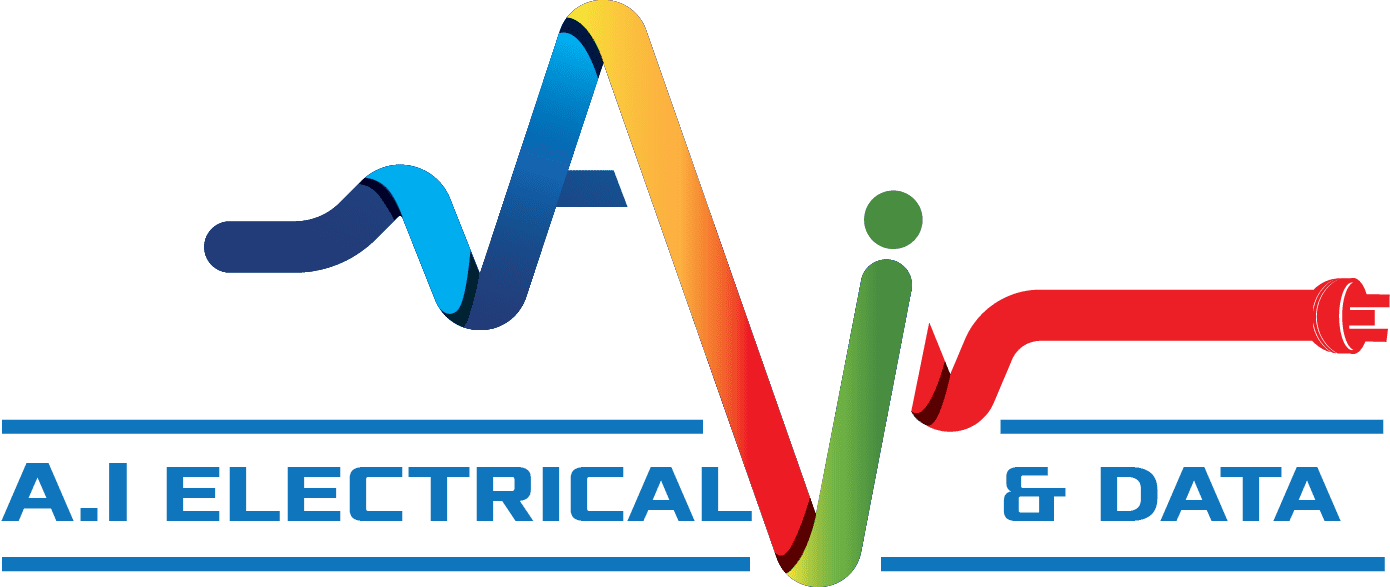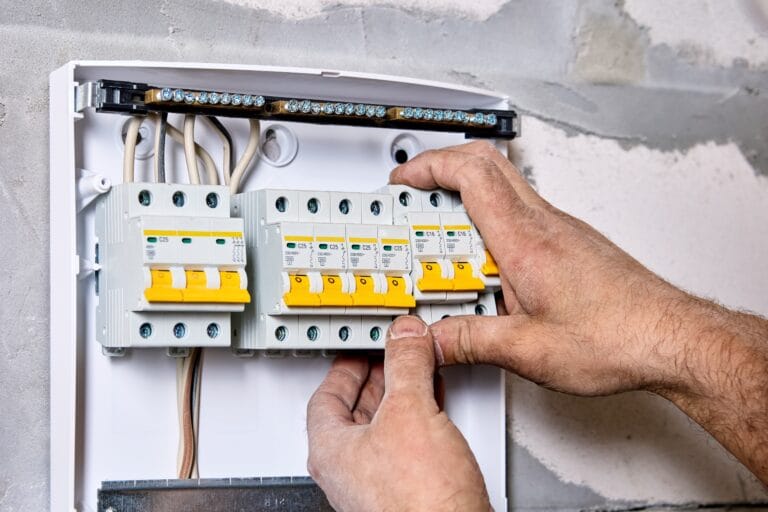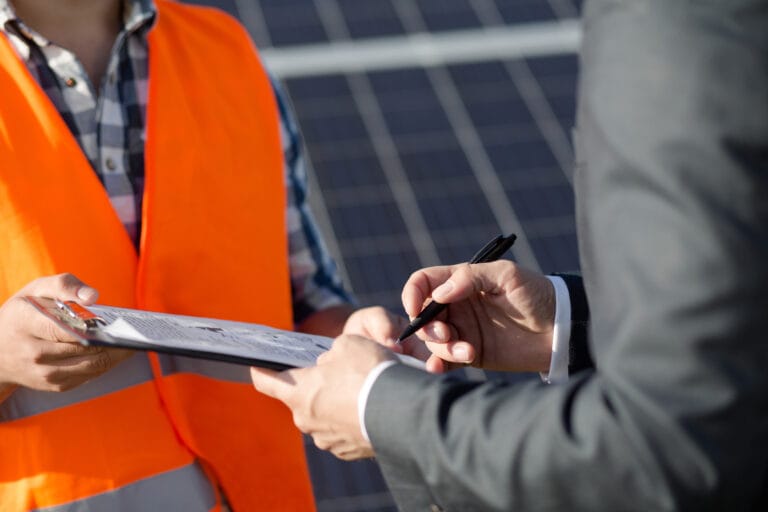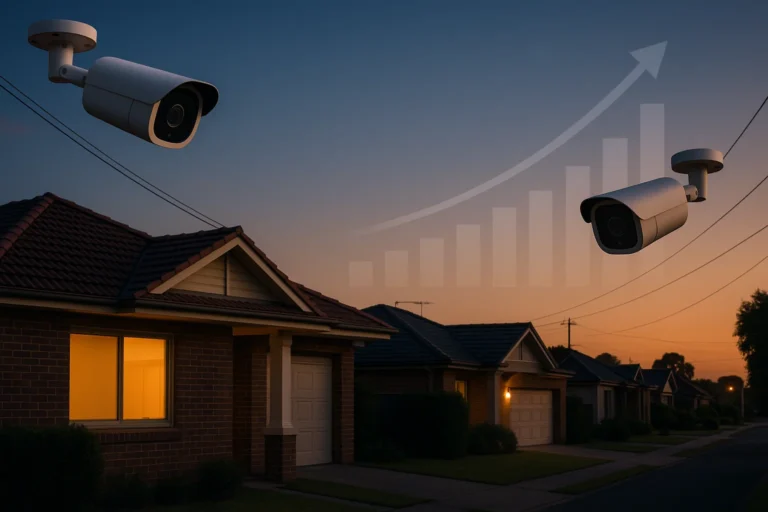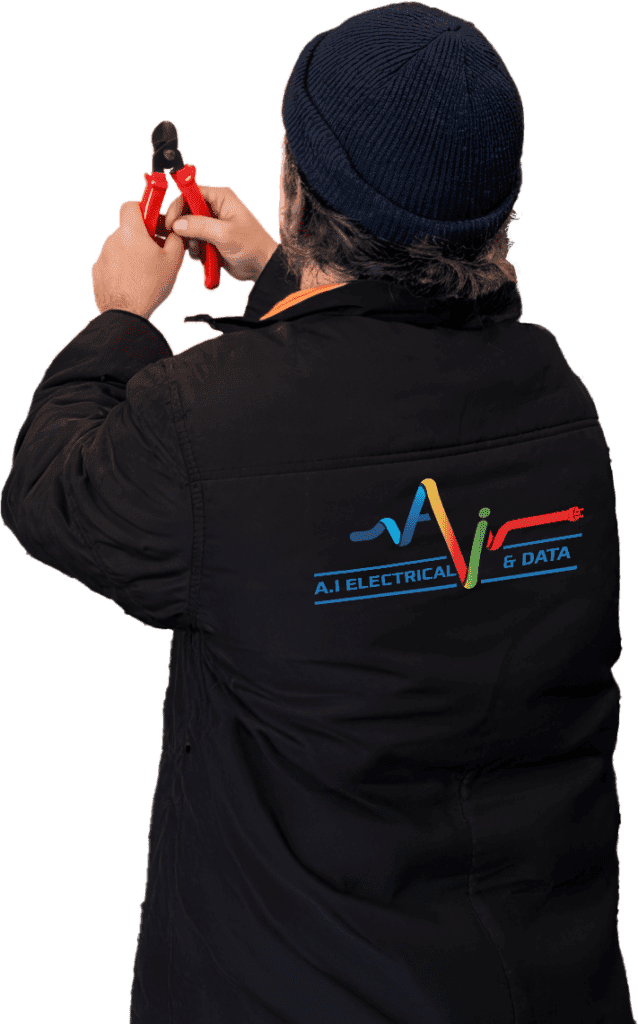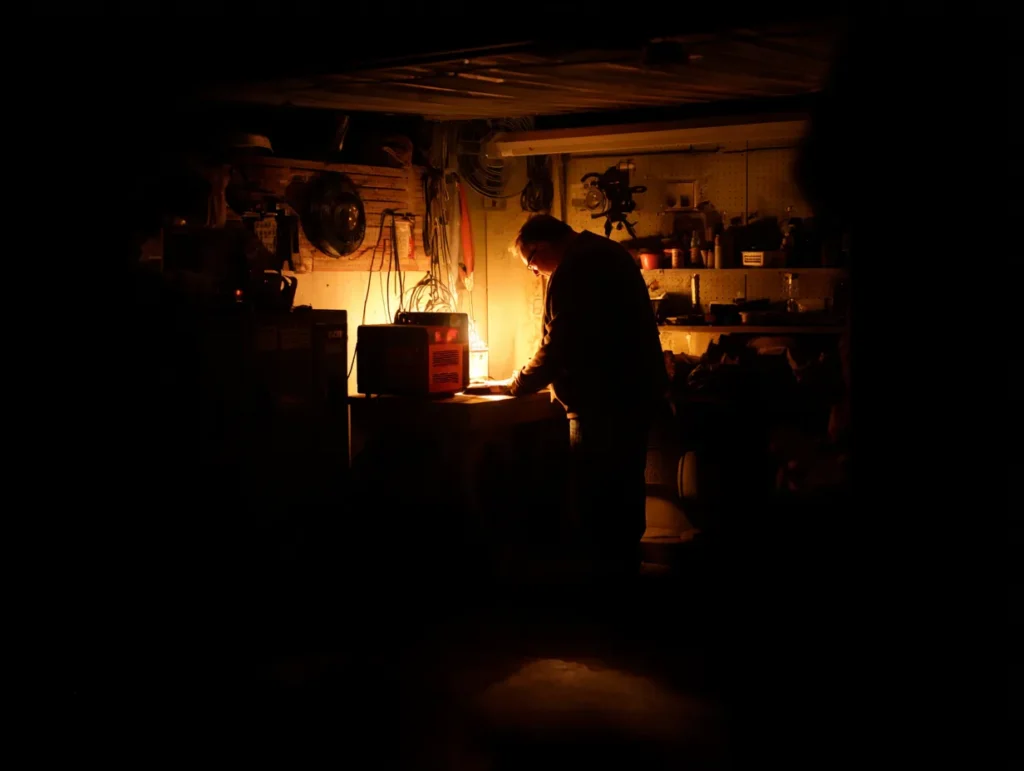
A sudden blackout can bring your household to a standstill. An emergency power supply isn’t just a convenience—it’s your frontline defense against disruption, discomfort, and risk. When hurricanes, wildfires, extreme weather, or grid failures strike without warning, the right backup plan keeps you in control.
Common causes of power outages include:
- Severe storms and natural disasters
- Wildfires threatening infrastructure
- Unexpected grid failures in peak demand seasons
The consequences ripple through every part of life. Food spoils in powerless refrigerators. Critical home medical equipment stops working. Communication lines go down, isolating families and leaving work deadlines unmet. Even simple comforts like lighting and heating vanish instantly.
Home energy security means more than keeping the lights on—it safeguards health, safety, and peace of mind. Explore essential power outage tips and discover how an emergency power supply can keep your home running reliably during any outage.
For those looking to enhance their home energy security, seeking assistance from a qualified residential electrician can be a crucial step. They can provide expert advice on the best emergency power supply options for your specific needs. Additionally, if you’re facing an immediate electrical issue or need professional guidance, don’t hesitate to contact us for prompt and reliable assistance.
Understanding Emergency Power Supplies
An emergency power supply system is a dedicated solution that delivers electricity to your home when the main grid goes down. These systems are built to respond instantly, keeping disruptions to a minimum and ensuring your household continues to function, even in the darkest moments.
The core function of an emergency power supply for home use is clear: reliability during crisis. Whether you choose a fuel-powered generator or a modern battery backup, the right system bridges the gap when outages strike. This means no guessing games on whether your food will spoil, or if vital medical devices will lose power.
Essential home functions that rely on constant electricity include:
- Refrigerators and freezers: Preventing costly food spoilage.
- Medical equipment: Life-saving devices such as oxygen concentrators or CPAP machines remain operational.
- Communication tools: Phones, routers, and radios stay charged so you never lose touch with loved ones or emergency services.
- Lighting and security systems: Homes stay illuminated and secure, deterring risks during vulnerable times.
By choosing an emergency power supply for home needs from reliable sources like Growatt Portable, you’re not just adding convenience—you’re protecting health, safety, and peace of mind. Each system is designed to support the most critical devices first, allowing you to prioritize based on your household’s unique demands. It’s also essential to prepare for such emergencies by understanding your specific power needs and having a plan in place.
Types of Emergency Power Supplies
Understanding the various types of emergency power supplies can help you choose the best option for your home. Here’s a detailed overview:
Generators
Fuel-powered backup generators are a common choice for many homeowners.
Capacity
These generators can range from portable units providing 3,000 to 10,000 watts, up to whole-house systems delivering over 20,000 watts.
Advantages
- High power output suitable for running multiple appliances.
- Reliability during extended outages.
Limitations
- Noise levels can be significant.
- Dependence on fuel availability (gasoline, propane).
Battery Backups
Lithium-ion batteries and portable power stations are becoming increasingly popular.
Capacity
Varies widely; smaller units might offer around 500 watts, while larger systems can exceed 10,000 watt-hours.
Advantages
- Quiet operation.
- No emissions or fuel storage requirements.
Limitations
- Limited runtime based on battery capacity.
- Typically more expensive upfront compared to generators.
Solar Panels Combined with Storage Systems
For a renewable backup power solution, consider solar panels paired with battery storage systems.
Capacity
Dependent on the size of the solar array and battery bank; residential systems often provide several kilowatts of power.
Advantages
- Renewable energy source reduces long-term costs.
- Environmentally friendly with zero emissions.
Limitations
- Initial installation cost is high.
- Performance depends on sunlight availability and weather conditions.
Comparing Options
When deciding between these options:
- Portability: Portable generators and battery backups can be moved as needed, while solar systems are fixed installations.
- Noise Level: Generators are noisier compared to silent battery backups and solar systems.
- Fuel Source and Runtime: Generators rely on fuel which must be stored safely; batteries have finite charge cycles; solar panels recharge during daylight but need sufficient sunlight.
Selecting the right home backup power supply involves weighing these factors carefully to meet your specific needs during an outage.
Choosing the Right Emergency Power Supply for Your Home
Selecting the best generator for home backup power or any emergency power supply system requires a focused approach. Every household has unique needs and constraints, so making an informed choice is crucial to guarantee your home remains operational during disruptions.
Key Considerations:
Making a carefully tailored selection ensures your Emergency Power Supply is both practical and dependable. The next step involves proper installation—ensuring safety and accessibility remain top priorities. Also, consider implementing some energy efficiency measures at home to reduce overall consumption during outages. Finally, if you live in an area prone to wildfires, it’s essential to be prepared. Gearing up for wildfire season might also involve considering specific fuel sources for your generator that are more fire-resistant.
Installing Your Emergency Power System
A reliable home backup power supply installation demands precision and strict attention to safety and compliance. Begin by assessing your home’s electrical system. Identify which circuits and devices are essential—such as refrigerators, sump pumps, medical devices, and routers. This evaluation shapes your installation plan and ensures the emergency generator setup or battery backup supports critical needs.
Permits and Compliance
- Check local regulations before proceeding. Most municipalities require permits for standby generators and may have guidelines on fuel storage, noise levels, or placement.
- Electrical inspections are often mandatory to guarantee that the backup system meets code requirements.
Professional Installation vs. DIY
- Professional installation ensures compliance with safety standards, especially when wiring into your home’s electrical panel or installing transfer switches.
- DIY approaches may be suitable for smaller portable units or plug-and-play battery systems, but always follow manufacturer instructions to avoid hazards.
Placement for Safety & Accessibility
- Position generators outdoors on a stable surface at least 20 feet from doors, windows, and vents to prevent carbon monoxide intrusion.
- Keep battery units in dry, ventilated spaces away from direct sunlight or extreme temperatures.
- Ensure emergency equipment is easily accessible during outages; avoid blocked pathways.
Connecting Critical Devices
- Use transfer switches for seamless integration between grid power and backup systems—this prevents dangerous backfeeding.
- For portable generators, connect devices using heavy-duty extension cords rated for outdoor use.
- Label circuits or outlets connected to the backup supply for quick identification in emergencies.
Uncompromising safety is non-negotiable—every step from permit to connection must prioritize it.
A systematic approach to emergency generator setup builds lasting security into your home’s infrastructure. Proper installation delivers peace of mind even when the grid goes dark. The next priority is ongoing maintenance—keeping your power supply ready at all times.
Maintaining Your Emergency Power Supply System
Regular Testing: A Key to Reliability
Regular testing is crucial for ensuring your emergency power supply system works when needed. Conduct monthly tests to check the functionality of all components, especially critical ones like generators and battery backups. This practice helps identify potential issues before they become significant problems.
Recommended Generator Servicing Schedules
Routine maintenance of generators includes:
- Oil Changes: Change the oil after every 50-60 hours of use or at least once a year.
- Filter Replacement: Replace air and fuel filters annually to maintain efficiency.
- Spark Plug Checks: Inspect and replace spark plugs as needed to ensure smooth operation.
Adhering to these schedules prevents wear and tear, extending the lifespan of your generator.
Proper Fuel Storage Practices
Storing fuel correctly is essential to avoid degradation and hazards:
- Use Stabilizers: Add fuel stabilizers to gasoline or diesel to extend shelf life.
- Store in Approved Containers: Keep fuel in certified containers away from heat sources.
- Rotate Stock: Use older fuel first and replace with fresh supplies regularly.
These practices help maintain fuel quality and ensure it’s ready for use during an outage.
Lithium-Ion Battery Health
Maintaining battery health in lithium-ion systems involves:
- Regular Charging Cycles: Charge batteries to around 50% if storing long-term. Avoid fully depleting or overcharging.
- Temperature Control: Store batteries in a cool, dry place to prevent overheating.
- Periodic Testing: Test batteries every three months to ensure they hold charge efficiently.
Proper care extends the lifespan and reliability of your battery backup system.
By following these maintenance tips, your emergency power supply remains reliable, ready to keep your home running during outages.
Ensuring Safety During Power Outages with Your Emergency Power System
Emergency power safety is crucial when using backup systems. Improper use can result in dangerous situations, so it’s important to follow these guidelines:
Carbon Monoxide Prevention
Generators can produce carbon monoxide (CO), a toxic gas. Always run generators outdoors in well-ventilated spaces, at least 20 feet away from windows, doors, and vents. It is advisable to invest in battery-operated CO detectors for extra protection.
Safe Wiring Practices
Prevent electrical overloads and fire risks by following safe wiring techniques:
- Use heavy-duty extension cords rated for outdoor use.
- Connect appliances directly to the generator or through a professionally installed transfer switch.
- Never plug generators into wall outlets—this practice, known as backfeeding, can be fatal.
Surge Protectors and Transfer Switches
Shield your devices from power surges by utilizing surge protectors. Transfer switches are crucial for securely linking a generator to your home’s electrical system, ensuring no backfeed occurs during an outage.
General Safety Tips During Outages
Stay alert and implement these essential safety measures:
- Stay away from downed power lines; they may still be live and pose a threat.
- Keep a flashlight easily accessible instead of candles to avoid fire hazards.
- Ensure a clear escape route and keep emergency contact numbers readily available.
Additionally, it’s wise to prepare for potential winter weather conditions that could exacerbate power outages. Familiarize yourself with winter weather safety tips to further safeguard your home and family during such times.
By prioritizing these safety precautions, you can protect your home during power outages while ensuring that your emergency power supply works efficiently. Following these guidelines helps reduce risks associated with backup power systems and keeps your family safe.
Conclusion
Home energy security is not just a convenience—it’s a necessity. Assess your specific needs, from medical equipment to food preservation, and invest in a reliable emergency power supply system. The benefits of emergency preparedness are immense, ensuring you stay connected, safe, and comfortable during unexpected outages.
- Evaluate your power requirements.
- Choose the right type of backup power supply.
- Install and maintain it properly.
Taking these steps now will keep your home running smoothly when it matters most.
FAQs (Frequently Asked Questions)
Why is it important to have an emergency power supply at home?
Having an emergency power supply at home is crucial to maintain essential functions during power outages caused by natural disasters, extreme weather, or grid failures. It ensures continuity in daily life, work, communication, medical needs, and food preservation.
What are the common types of emergency power supplies available for homes?
Common types include fuel-powered backup generators, battery backups like lithium-ion portable power stations, and solar panels combined with energy storage systems. Each type varies in portability, noise level, fuel source, and runtime.
How do I choose the right emergency power supply system for my home?
Consider factors such as required power output based on your essential devices, budget constraints, installation complexity, noise levels during operation, fuel source availability (gasoline, propane, solar), environmental impact, and brand reputation through customer reviews.
What are the key steps involved in installing a home emergency power system?
Installation involves assessing your home’s electrical system, obtaining necessary permits and complying with local regulations for generators, deciding between professional or DIY installation approaches, ensuring safe and accessible placement of the system, and properly connecting critical devices.
How should I maintain my emergency power supply to ensure reliability?
Regular testing is vital to guarantee readiness during outages. For generators, follow servicing schedules including oil changes and filter replacements. Store fuel properly to prevent degradation or hazards. Maintain battery health in lithium-ion systems by following recommended charging cycles.
What safety precautions should I take when using an emergency generator during a power outage?
To prevent risks like carbon monoxide poisoning, always place generators outdoors in well-ventilated areas. Use safe wiring practices to avoid electrical overloads or fire hazards. Employ surge protectors and transfer switches where applicable. Additionally, avoid contact with downed power lines and follow general outage safety tips.
